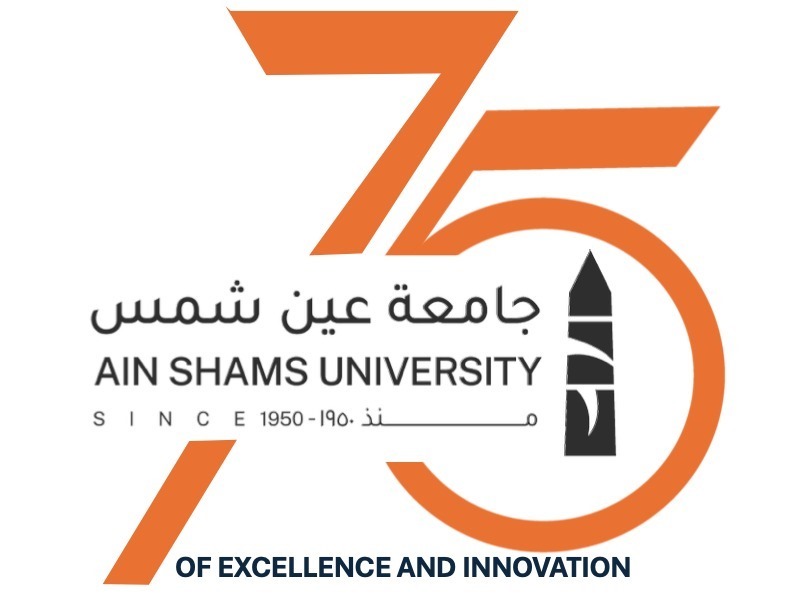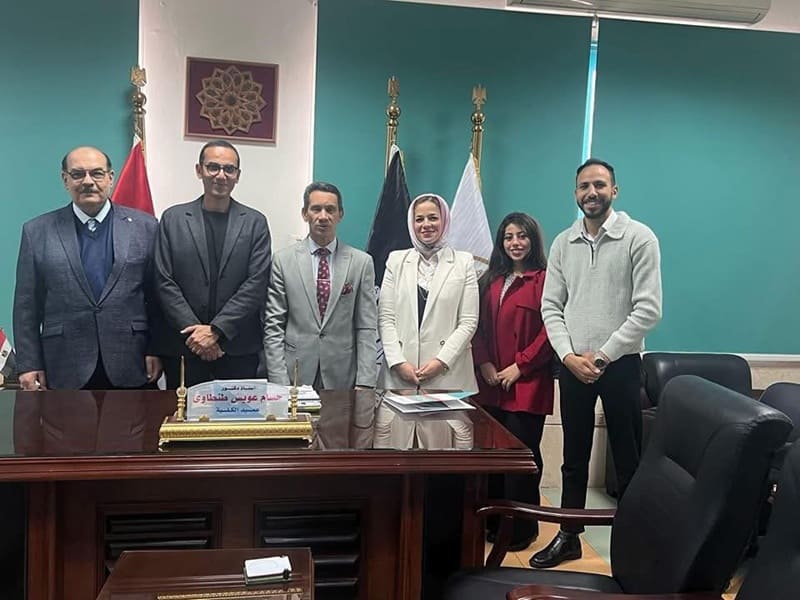The rehabilitation of Heritage Buildings and Their Urban Surroundings... A Symposium at the Faculty of Archaeology
Within the framework of the presidential initiative: "A New Beginning for Human Development", and under the patronage of Prof. Mohamed Diaa Zain El-Abedeen, President of Ain Shams University, Prof. Ghada Farouk, Vice President for Community Service and Environmental Development Affairs, and Prof. Hossam Tantawy, Dean of the Faculty of Archeology, and under the supervision of Dr. Basem Mohamed, Acting Vice Dean for Community Service and Environmental Development Affairs, and coordination of Dr. Menatallah Tarek, Director of the Environment and Community Development Projects Unit, the faculty held a symposium entitled: (Rehabilitation of Heritage Buildings and Their Urban Surroundings).
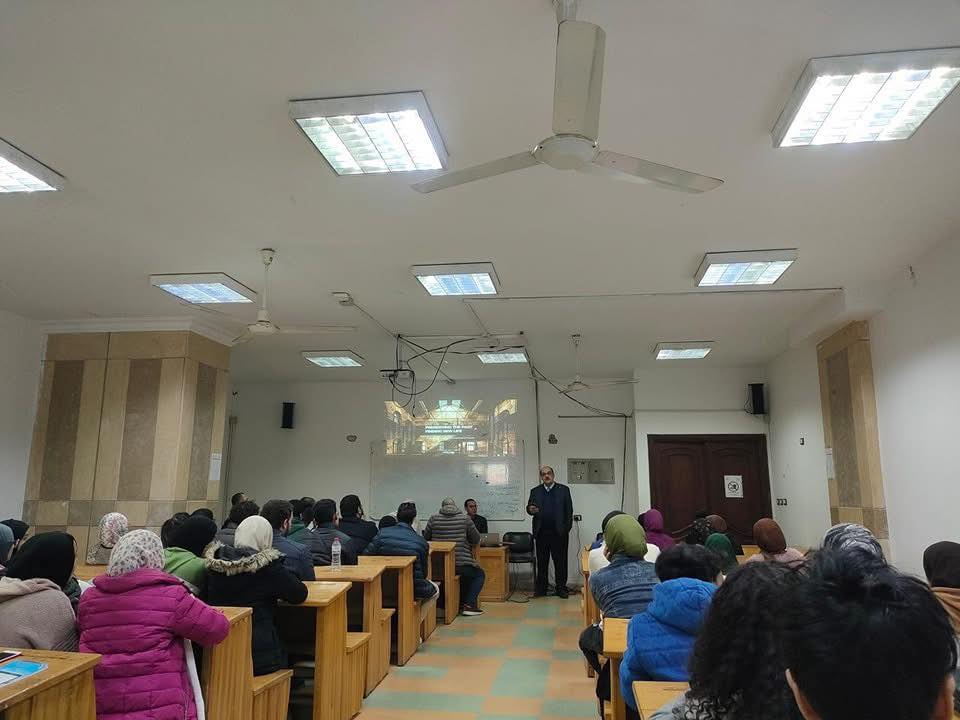 |
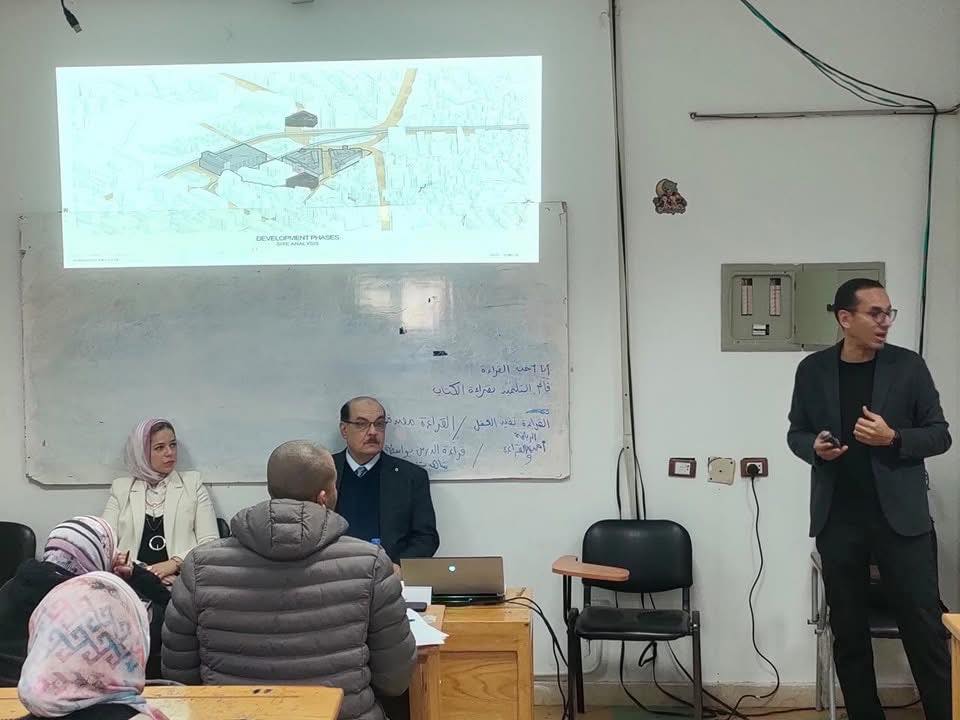 |
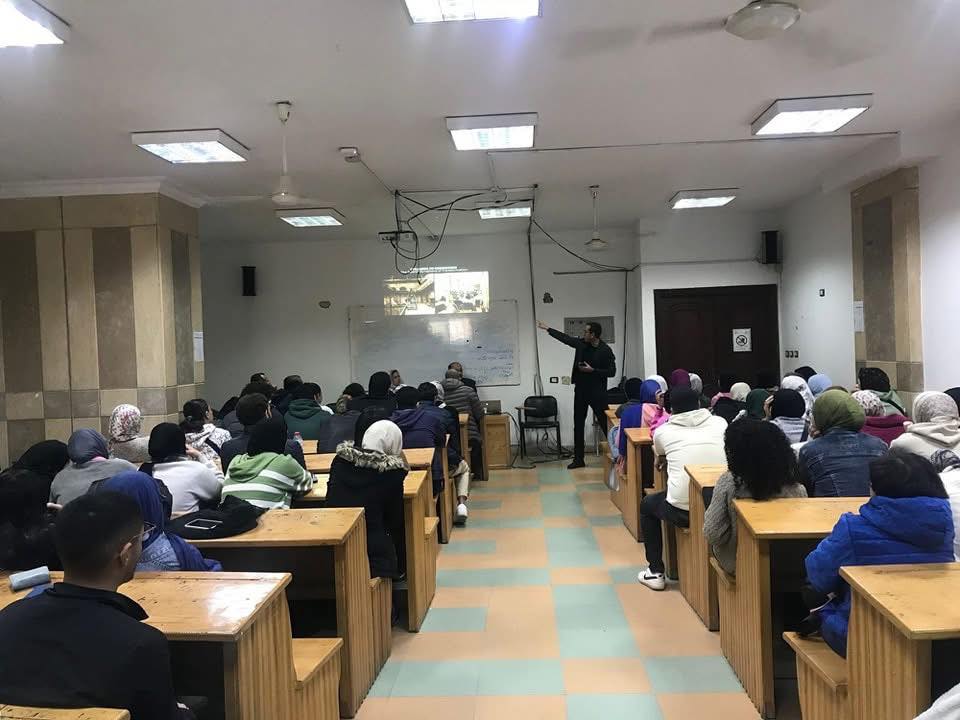 |
||
The symposium hosted the consulting engineer Moaz Abu Zeid, founder of Verform Company, and an architectural consultant specializing in the rehabilitation of heritage buildings, where he discussed the approaches and mechanisms for the rehabilitation of heritage buildings, reviewing a group of his most prominent projects, including the Express Mail Building in Al-Attaba, and the Post Office Building in Luxor, in addition to many influential projects in the field of heritage revival.
The symposium also addressed sustainability standards and energy efficiency in heritage buildings, and the importance of enhancing architectural and urban identity, while stressing the need to integrate heritage revival plans to develop solutions for any shortcomings observed in the current situation, in addition to developing long-term strategies to ensure the sustainability of heritage buildings and their urban surroundings after renovation and rehabilitation operations.
The symposium concluded with an open discussion, where undergraduate and graduate students interacted in fruitful dialogue sessions aimed at raising awareness of the importance of preserving heritage and enhancing architectural and cultural identity.


.svg)
